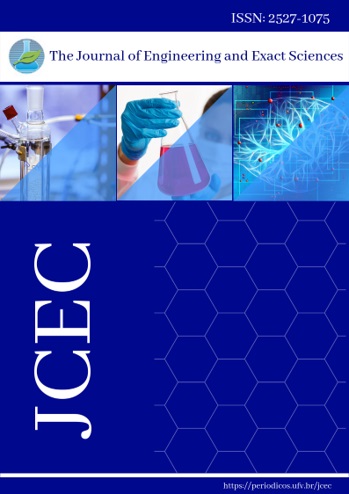Efeito do revestimento compósito de Quitosana–tungstênio obtido por deposição eletroforética na resistência à corrosão da liga de Ni–Ti em meio fisiológico
DOI:
https://doi.org/10.18540/jcecvl9iss6pp16237-01ePalavras-chave:
Nitinol. Biomaterial. Revestimento Compósito.Resumo
As ligas com memória de forma de Ni–Ti (Nitinol) são adequadas para aplicações em biomedicina, como implantes ortodônticos, ortopédicos e cardiovasculares. No entanto, para evitar processos inflamatórios locais, busca-se funcionalizar a superfície na liga de Ni–Ti com materiais bioativos. Revestimentos compósitos à base de quitosana podem ser aplicados para melhorar as propriedades das ligas de Ni–Ti devido às suas excelentes propriedades como, baixa toxicidade, biocompatibilidade, biodegradabilidade e boa capacidade de formação de filme. Neste trabalho, o compósito de quitosana–tungstênio (Quit–W) foi avaliado como revestimento protetor da liga de Ni–Ti em meio fisiológico (solução de Ringer). Os resultados de morfologia superficial e composição química (MEV e EDX) comprovaram a formação do revestimento compósito formado por uma matriz de quitosana impregnada com nanopartículas de óxido de tungstênio. Os resultados de resistência à corrosão comprovaram a eficiência do revestimento compósito para atuar como uma barreira de proteção entre a superfície do substrato (Ni–Ti) e o meio corrosivo. Portanto, os resultados apontam para um possível candidato de sistema (liga de Ni–Ti revestida com o compósito de Quit–W) adequado para aplicações no setor de implantes ortopédicos.
Downloads
Downloads
Publicado
Como Citar
Edição
Seção
Licença
Copyright (c) 2023 The Journal of Engineering and Exact Sciences

Este trabalho está licenciado sob uma licença Creative Commons Attribution 4.0 International License.













